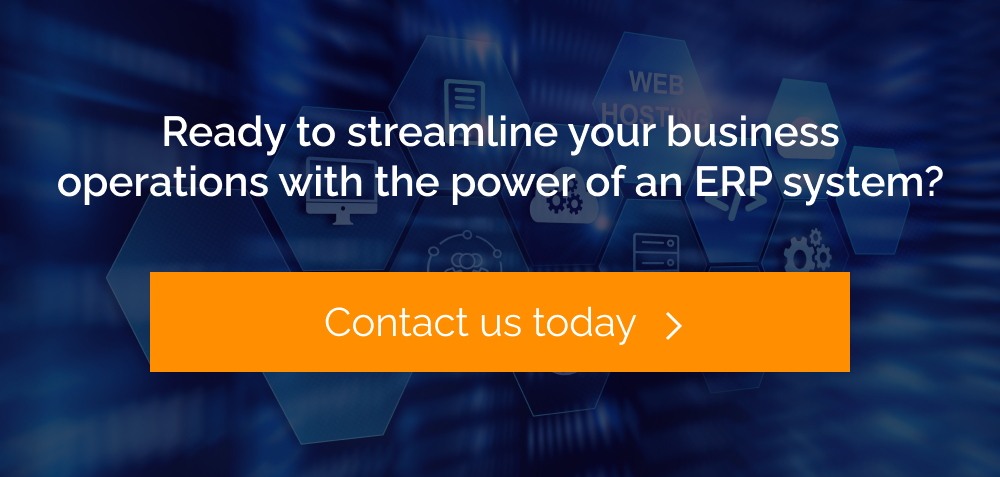The 3 Requirements to a Successful ERP Implementation
A state-of-the-art ERP solution can supercharge your organization, enable extraordinary efficiencies, and allow better decision making. However, implementation is one of the most complex, expensive, time-consuming, and high-risk projects an organization can undertake. Selecting the wrong software solution can set an organization back for years. In this article, we dive into the 3 main requirements for a successful ERP implementation.

1. Requirement Gathering
Comprehensive requirements gathering is the foundation on which most successful implementations are built. Requirements gathering needs to include features/functions, reporting/inquiries, and data elements. Shortening or eliminating this vital step is how organizations end up with missed required functionality, unknown gaps that could require significant customization, and a longer and costlier implementation. Your ROI will be greater and time-to-transformation shorter if your implementation team makes the effort to analyze current core processes, identify pain points and problems, and clearly define what is required to operate the business.
2. Challenging Your Internal Status Quo
Organizations invest in ERP to improve process performance and efficiency. Implementing a new ERP solution that is configured and/or modified to replicate the existing system and processes adds little value. If internal resources do not have the knowledge of how other organizations operate, leveraging external expertise can help to revolutionize your ERP implementation. Too many organizations rely on resources that “have always done it this way” so, don’t be afraid to challenge the status quo to implement a more innovative and effective ERP solution.
3. Adoption Management
Most humans are resistant to change, even positive change. A digital adoption platform can be leveraged with the ERP solution to institutionalize the change. Using a digital technology that notifies users they’ve missed a step or entered the wrong data into the wrong field is something all ERP solutions should have in place to increase productivity. With digital capabilities including workflows technologies, such as WalkMe, the users will more quickly adopt the process changes. These technologies will guide you more easily from screen to screen, application to application, field to field, etc. leading your ERP environment to become more integrated and connected and allowing you to never miss a step or input the wrong information.
The journey from your current state to your future state will always present challenges. Daily operations can be disrupted and delays can happen. However, business process changes are fundamental in implementing an innovative ERP system. With an effective and efficient ERP implementation, your business will increase productivity, lower operational costs, and improve financial performance making any delays and disruptions a faint memory.
If you’re interested in seeing how we applied these 3 requirements in a real-world example, view the case study here.

